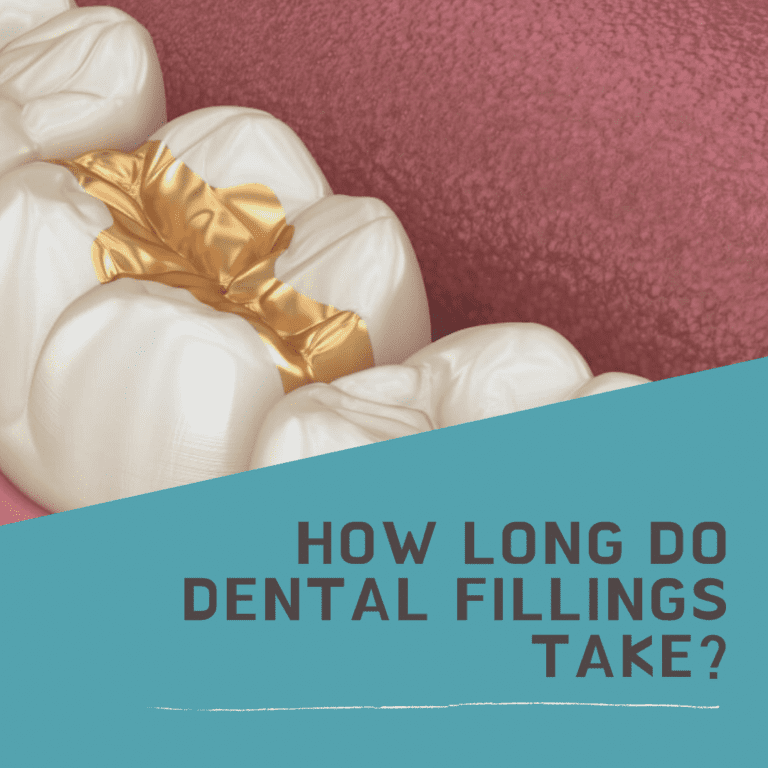How Long Do Dental Fillings Take?

Almost everyone will need to have a dental cavity filled at some point during their lifetime. In fact, filling procedures are one of the most commonly performed dental procedures, with the American Dental Association estimating that 175 million fillings are performed yearly. However, if this is your first dental filling and you are taking time off from school or work, you may be wondering how long it takes to get a dental filling.
Dental fillings are essential restorative dental procedures used to treat decayed teeth. By removing decayed tissue and filling in the remaining cavity, dental fillings prevent tooth decay from continuing to spread. Because they are one of the most commonly performed restorative procedures, they can be performed quickly and effectively.
The average time it takes to get a dental filling ranges from 20 minutes to an hour. In most cases, placing a dental filling is a relatively simple and painless procedure. First your mouth will be anesthetized to numb the affected area. Then, any decayed tissue will be removed and the remaining tooth structure will be shaped according to the filling. While the first few steps are pretty much the same in most cases, there are some factors that can affect what happens during the later steps, as well as how long the procedure is expected to take.

For starters, there are two different types of fillings that your general dentist may opt to place: direct and indirect. If your dentist is placing a direct filling, then the next step would simply be to add the filling material into the remaining space. The two most common dental materials used for direct fillings are silver amalgam and composite resin. Silver amalgam fillings, also known as metal fillings, take slightly longer to place because they require the removal of excess tooth material. For this reason, and several others, composite resin is quickly becoming a more common dental filing choice. This material will then be polished and shaped to preserve your natural bite.

If, on the other hand, your dentist is placing an indirect filling, the next step would be to take a dental impression of your mouth. This is because indirect fillings will need to be custom fabricated to your teeth by a dental lab before your dentist can adhere them to the affected tooth. Inlays and onlays are the two kinds of indirect fillings used to restore teeth with significant amounts of decay. Inlays are recommended when the entire chewing surface of the tooth is decayed, while onlays are recommended if the entire tooth plus one or more cusps is decayed. Once the inlay or onlay has been fabricated, it will then be adhered to the affected tooth. It is important to note that indirect fillings usually require a second appointment for placement.
Overall, the average time to complete a dental filling is about 20 minutes to an hour. However, the exact time it takes to get a dental filling can deviate based upon things like the type of filling, dental material, and the size of the decayed area. While direct fillings can be completed in a single dental appointment, indirect fillings require the use of a dental lab and a minimum of two dental appointments. Ultimately, to determine how long your filling procedure will take, it is important to speak with your dentist about your proposed treatment plan.






Recent Comments